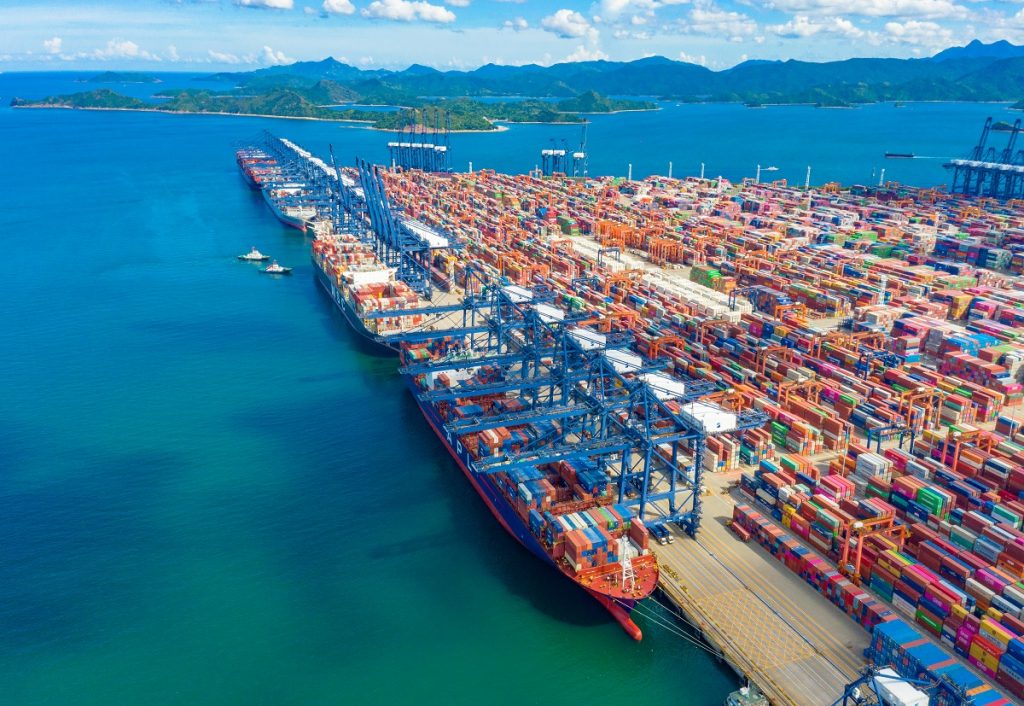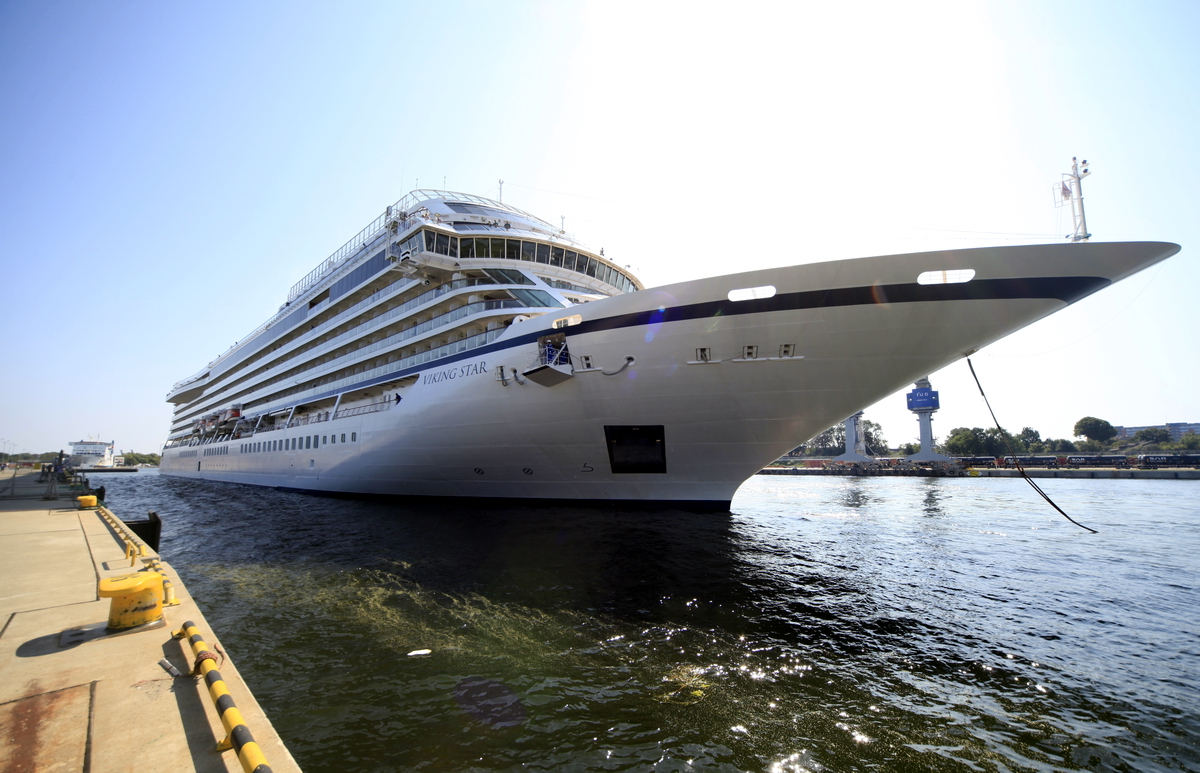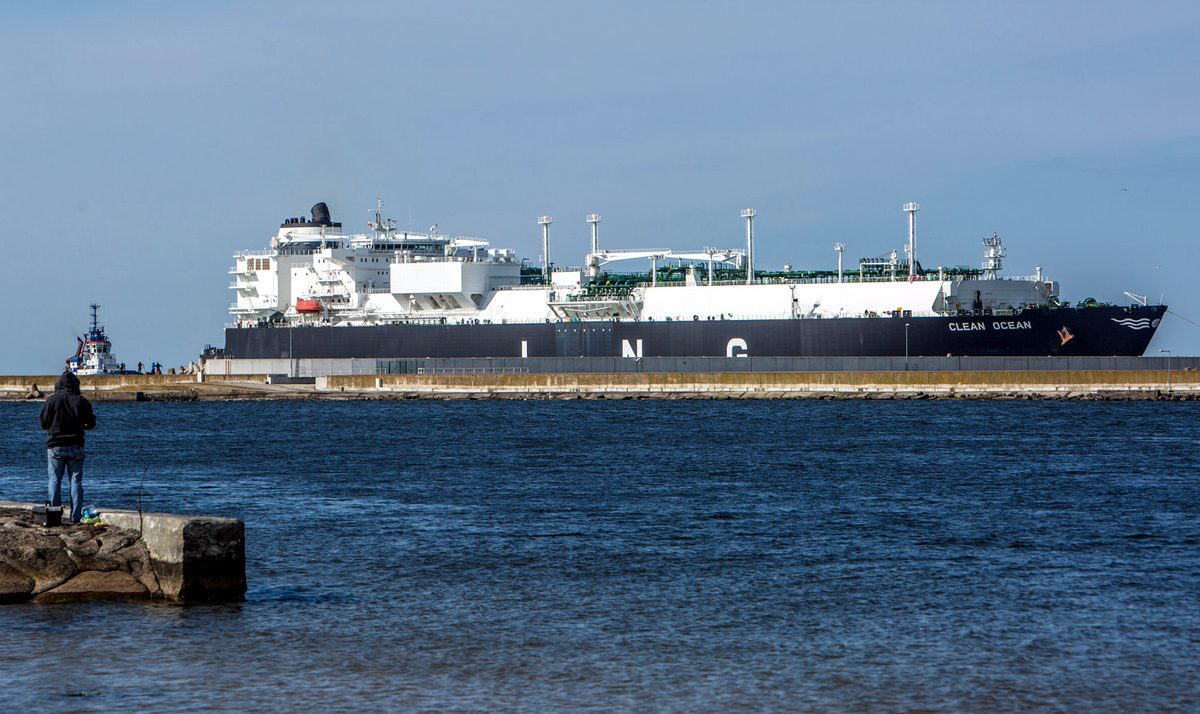Covid-19 outbreaks at Chinese ports disrupt cargo shipments
New Covid-19 outbreaks at ports in southern China are further disrupting logistics and driving up transportation costs already inflated by the pandemic, which could translate into retail price hikes and global commodity shortages, industry officials say.
Demand for manufactured goods from China is growing as the global economy recovers from lockdowns, meanwhile new outbreaks of coronavirus infection in China’s Guangdong province are severely disrupting major ports in Shenzhen and Guangzhou – the world’s third and fifth largest ports by cargo handled.
During 2020 with the Covid-19 pandemic, the average price of shipping a container to Europe rose from $3,000 to around $10,000. Now, by the new outbreaks in Guangdong, it has jumped to 12-14 thousand USD and is still rising, emphasises in an interview with PAP an employee of the Cantonese office of one of the world’s largest logistics companies, who does not want to give his name because of the company’s press policy.
According to him, the additional costs reduce the margins of importers, but “very soon” they will be passed on to target customers, which will mean an increase in retail prices in the EU or the US.
“Along with (shipping) container prices, material prices such as steel have risen and factories in the EU are already facing shortages,” according to the PAP interviewee.
Supply chain specialist at Edith Cowan University in Perth, Flavio Romero Macau, told the Guardian newspaper that the impact on commodity prices would not be immediately apparent because large companies operate with contracts made in advance. But over a three-to-five-year period, prices will rise significantly as companies will have to make up for losses, he added.
The bottlenecks not only lead to higher transport prices, but also to delays, disrupting factories waiting for deliveries of materials and semi-finished products from China.
In the short term (factories in the EU) they have no other choice, because everything is produced here (i.e. in China). In the long term, they can look for other suppliers, for example in Eastern Europe,” assesses an industry representative from Guangzhou.
The problem is exacerbated by a shortage of empty containers in China due to a decline in global production and reduced port capacity due to the pandemic. The industry is also still feeling the effects of the six-day blockade of the Suez Canal by the container ship Ever Given in March this year.
Guangzhou has been trying for several weeks to extinguish China’s first outbreak of a more contagious variant of coronavirus, originally detected in India and referred to as Delta. A separate small outbreak is being dealt with in the nearby metropolis of Shenzhen, where the infection was detected among others in a port worker in the Yantian district.
The Yantian international container terminal, which handles more than 13 million TEUs annually, was operating at 30 percent of its capacity for a fortnight, disrupting deliveries of nearly 400,000 TEUs, Casper Ellerbaek, vice president of maritime logistics for Asia-Pacific at shipping company Kuehne+Nagel, recently reported on social media.
TEU is a unit of capacity, often used in reference to shipping and equivalent to one 20-foot container.
Ellerbaek announced on Tuesday that the terminal’s capacity had since increased to around 70 percent, but in doing so he stressed that the Yantian outage had already disrupted the transport of more cargo than the March blockade of the Suez Canal, according to market analysts. “These containers obviously need to leave,” he – he added, warning of the domino effect this outage could have.
rel. Portal Morski




